Criminalizing Homelessness Will Not Solve the Issue of Subway Violence
April 6, 2022
Most NYC Museum School students are dependent on the subway system to carry out their day-to-day lives, whether they are traveling for work, school, or to visit friends and family. Recently, New York City has been experiencing a rise in violence on subways, causing fear in individuals across the city, including students. Attacks seem to have become commonplace across all five boroughs, with officials trying to discover the cause and alleviate the issue.
According to NYC Museum School Senior Rachel Wang, the issue of increased crime needs to be addressed by the mayor. “In general, I don’t think that homeless people pose a threat to us, but I do know that homeless people can be violent at times and attack passengers,” she said. “I think that the issue should be addressed by the mayor, to provide help to these individuals. While they might not be a threat, I am still scared to be on the same train as them.”
How the “subway safety plan” fails to target the true cause of increased crime
Over the past two years, the issue of transit crime has escalated. Despite a drop in ridership due to the pandemic, the rate of violent crimes and felony assaults has increased dramatically. While only specific incidents have been highlighted more in the media, such as the death of Michelle Alyssa Go, a woman shoved onto the train tracks in front of an oncoming train at Times Square, the frequency of attacks is far more prevalent than it may seem.
While Mayor Eric Adams has released a “subway safety plan,” targeting the city’s homelessness crisis as the root of the problem, the majority of these attacks have not been caused by homeless individuals. While homelessness is a growing issue in the city, attempting to solve that problem is not the way to stop violence in the transit system. Adams’ plan to remove homeless people from sheltering in subways will not solve the problem, as transit crime remains a multifaceted issue. Simply brushing it off as “No more just doing whatever you want,” as stated by Mayor Adams in a press conference announcing the plan, is not productive by any means.
NYC Museum School teacher expressed a similar sentiment. “Homelessness is a humanitarian crisis. I wish the homeless didn’t have to use stations and trains as homes, however, shelters are overcrowded, unsafe, and only a temporary solution. Several homeless people have reported that they feel safer sleeping on public transportation because it is familiar; they know the routes and all the entrances/exits. I don’t feel scared when I see the homeless on the train. Most of the time, they keep to themselves and only approach passengers when asking for money.”
Despite Adams admitting that the majority of homeless and mentally ill people are not dangerous, Adams still plans to remove them from the transit system. This plan fails to account for the shortage of affordable housing and the rise of evictions that have led to the issue, and where the individuals will go once they are removed. Instead of solving the issue of increased violence, the plan is criminalizing mental illness and homelessness, while not providing the proper resources to those who need them. While homelessness is a complex issue in itself, it is not the sole cause of subway violence, nor will criminalizing it lead to any resolution.
Sophomore Abigail Gottesman agreed that the Mayor’s plan is not doing enough to combat the increase in violence. “I believe the mayor is simply focusing on the wrong problems; getting rid of homeless people rather than determining the other sources of crime.”
What steps can be taken to resolve the issue?
The need for platform barriers has increased with the rise in violent subway crimes. Many New Yorkers, including Museum School students and teachers, are in full support of having them installed to protect themselves and others. “I support the installation of platform barriers and actually think it should have happened sooner as several other countries have already implemented this safety measure,” said Ms. Rivera, a teacher at NYC Museum School.
Senior Rachel Wang said, “Safety has always been a concern for me. With platform barriers at some stations, hopefully, I don’t have to worry about safety anymore. And it’s about time for the MTA to install these platform barriers. Other countries, such as South Korea and Japan, have these barriers already. I am glad to see America catch up.”
The homeless taking shelter in the subway is a disheartening problem that the mayor could be handling better. Therefore, actively assisting the homeless, creating more shelters, ensuring that said shelters are safe, and providing treatments for the mentally ill homeless population are just a few ways to solve this problem. Getting them the aid they need helps to ensure their safety, as well as the safety of others who ride the subway.
However unsettling, the subways are still necessary for thousands of New Yorkers to traverse the city. Junior Agnes Au stated, “To stay safe when traveling, I try to look at my surroundings as much as possible and I always keep a pepper spray with me regardless of where I am. I also try to take public transportation with at least one other person because I feel a little more protected when I am with someone that I know.” She added, “Every time I part ways with my friends, I say ‘Get home safely” and ‘Text me when you get home’ to ensure that they are safe and okay.”


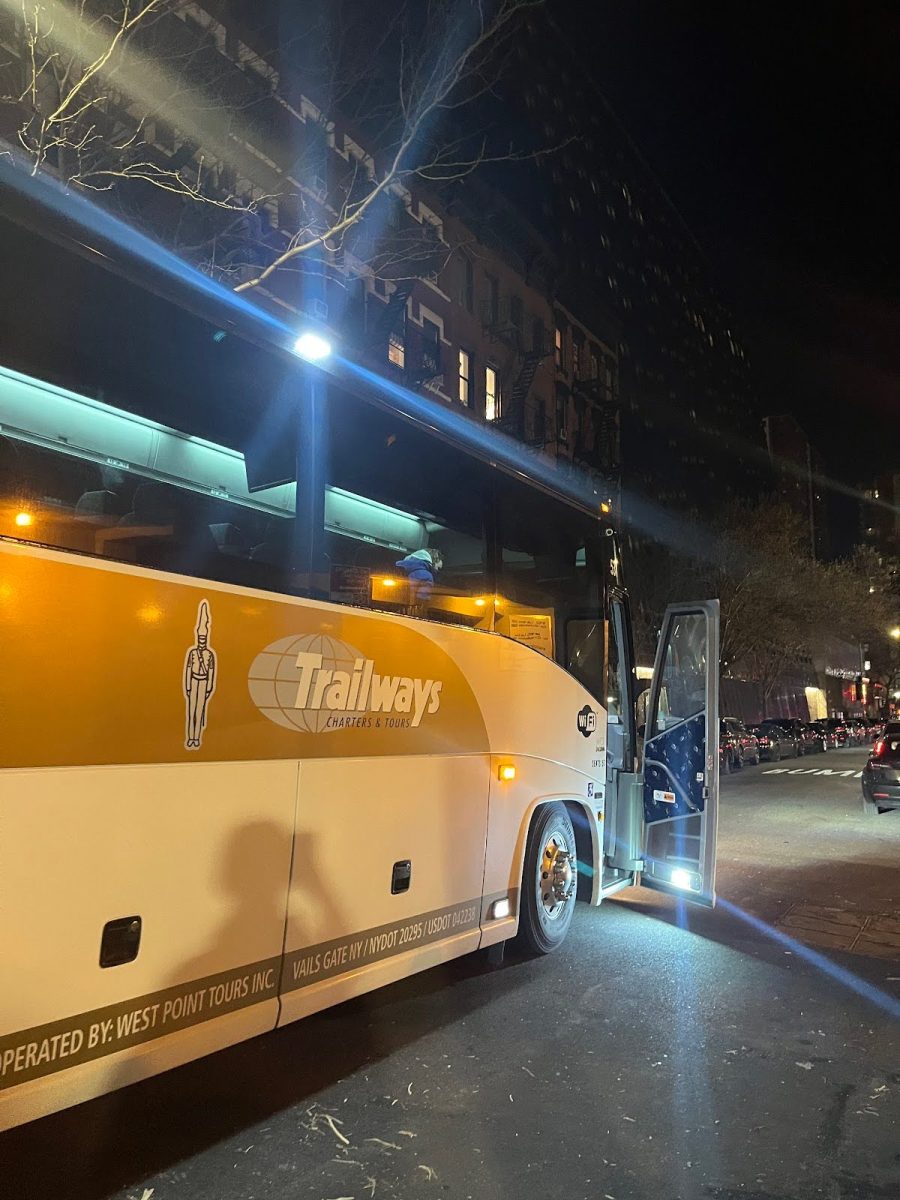
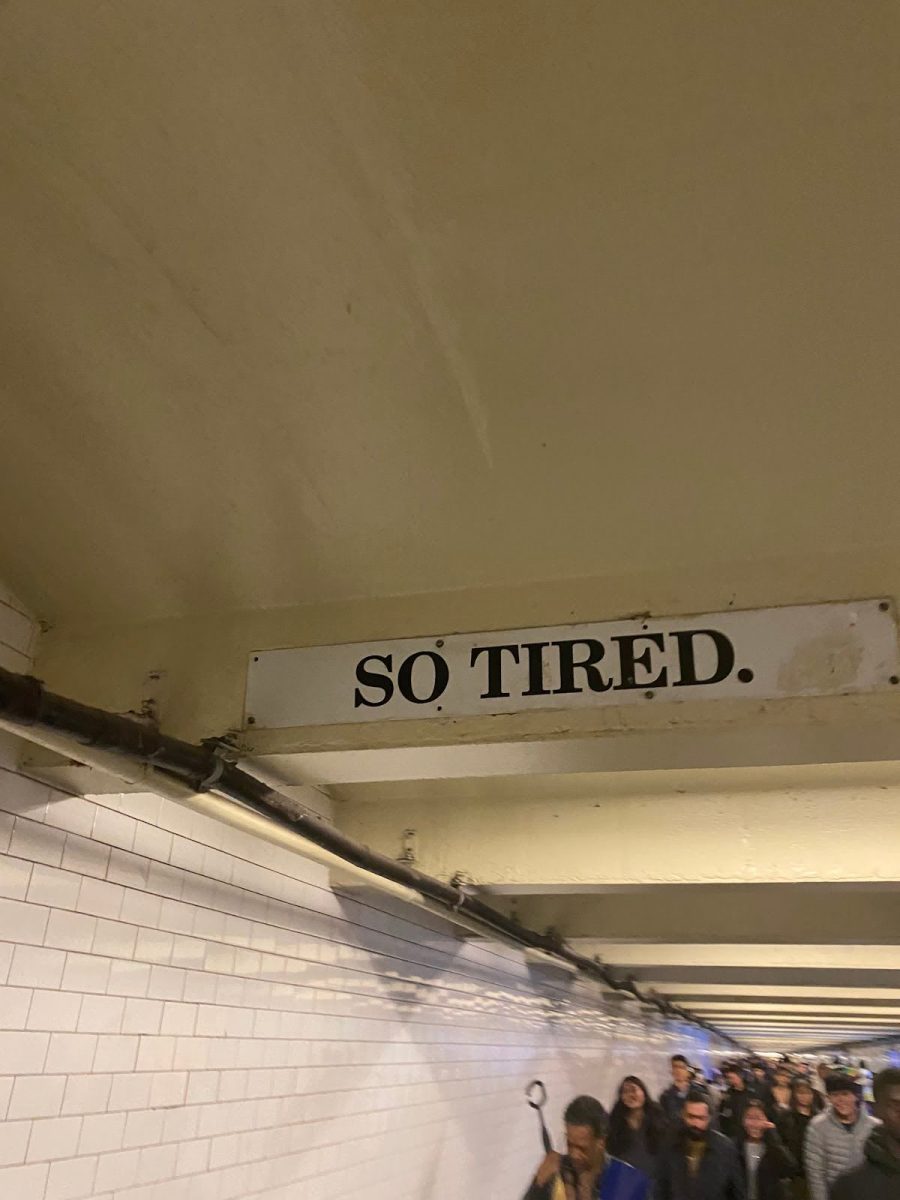







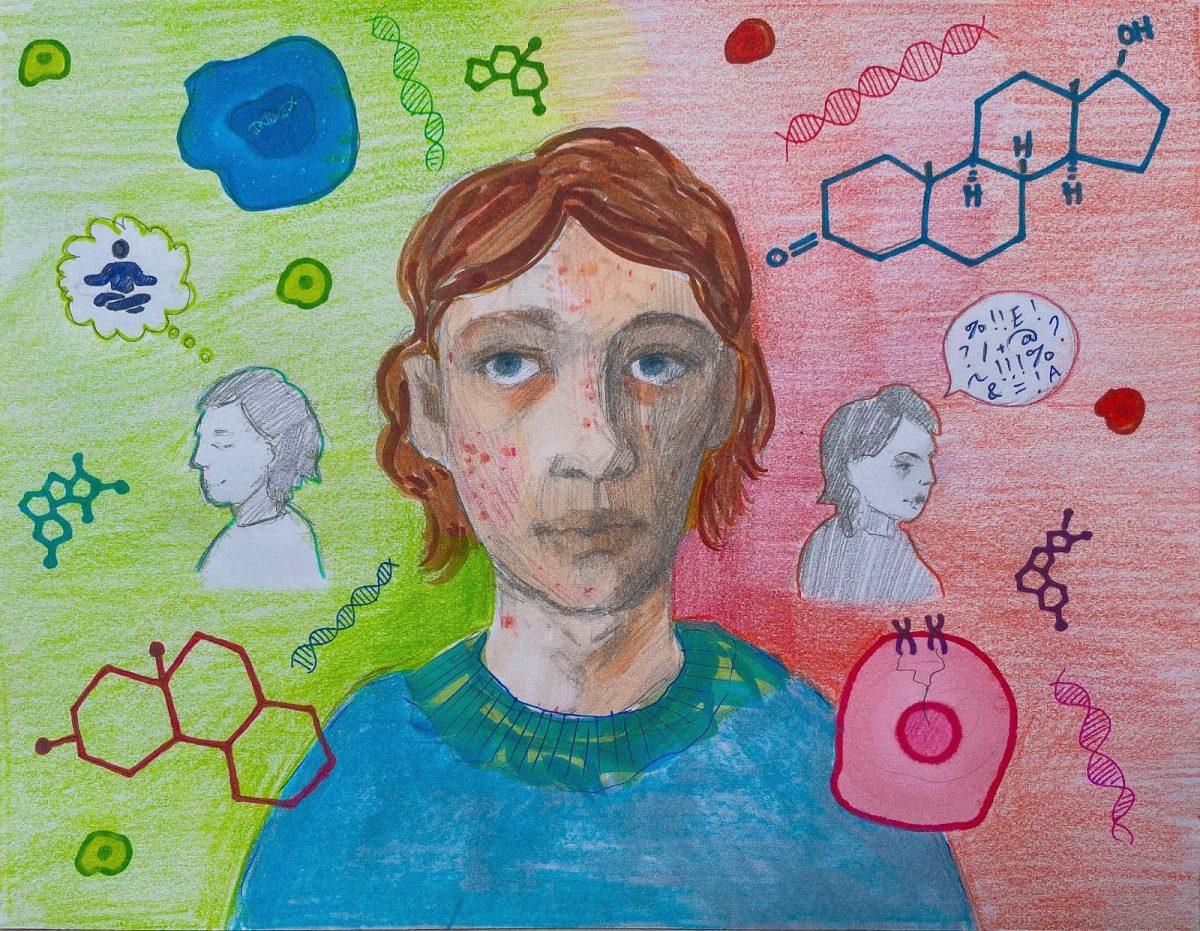

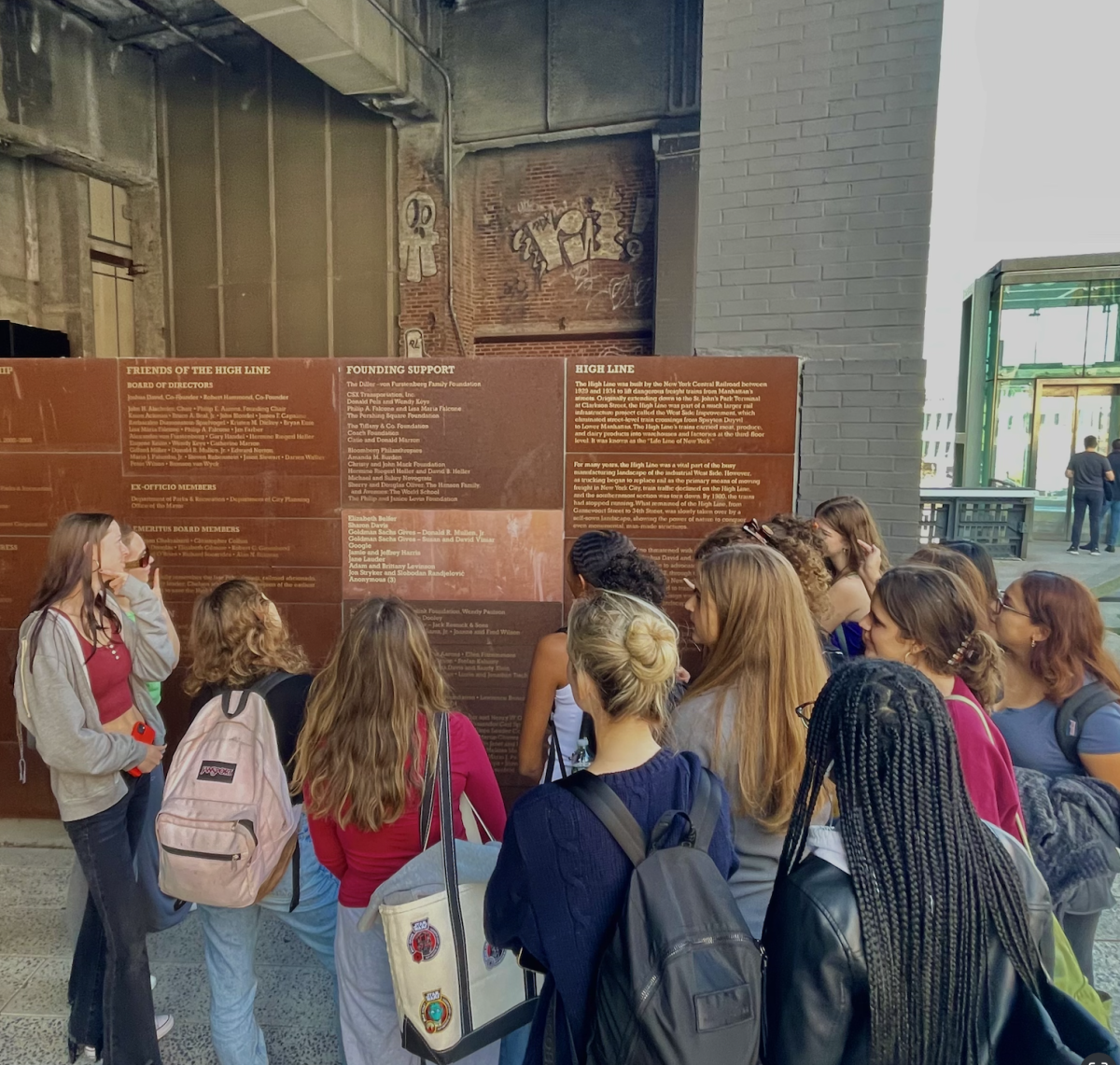
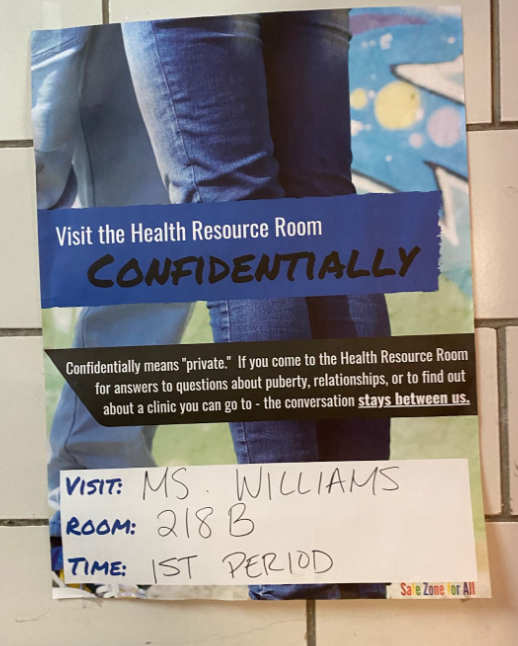

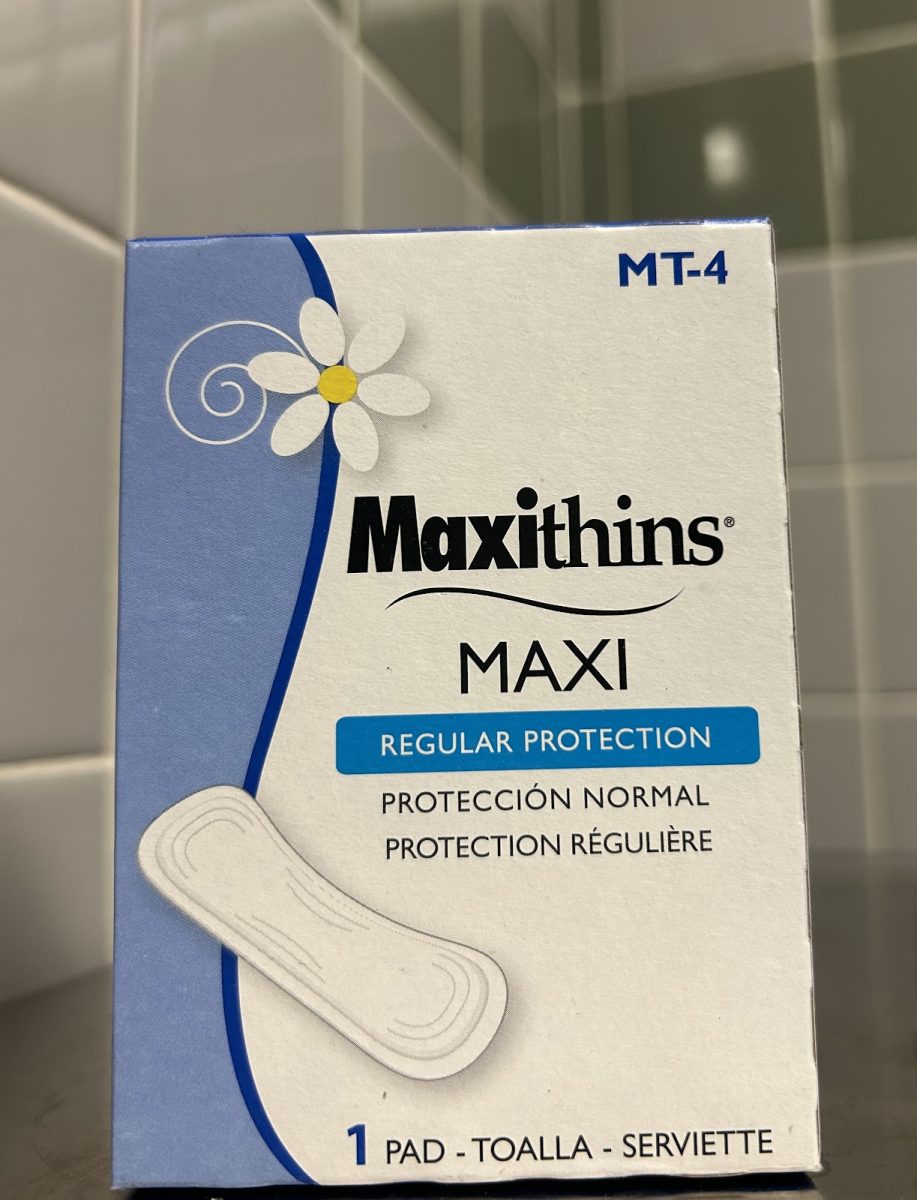
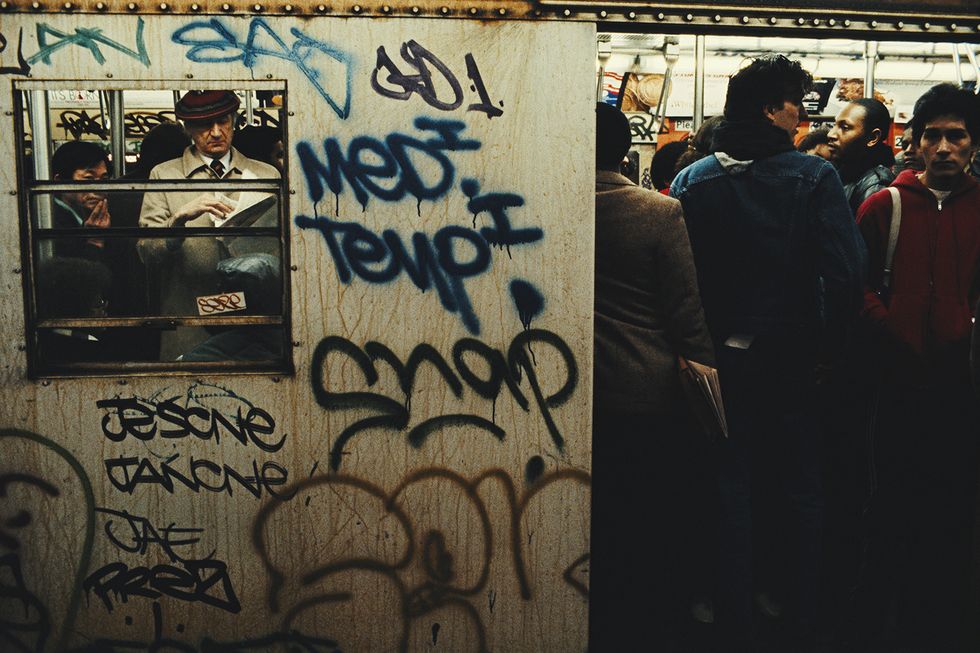

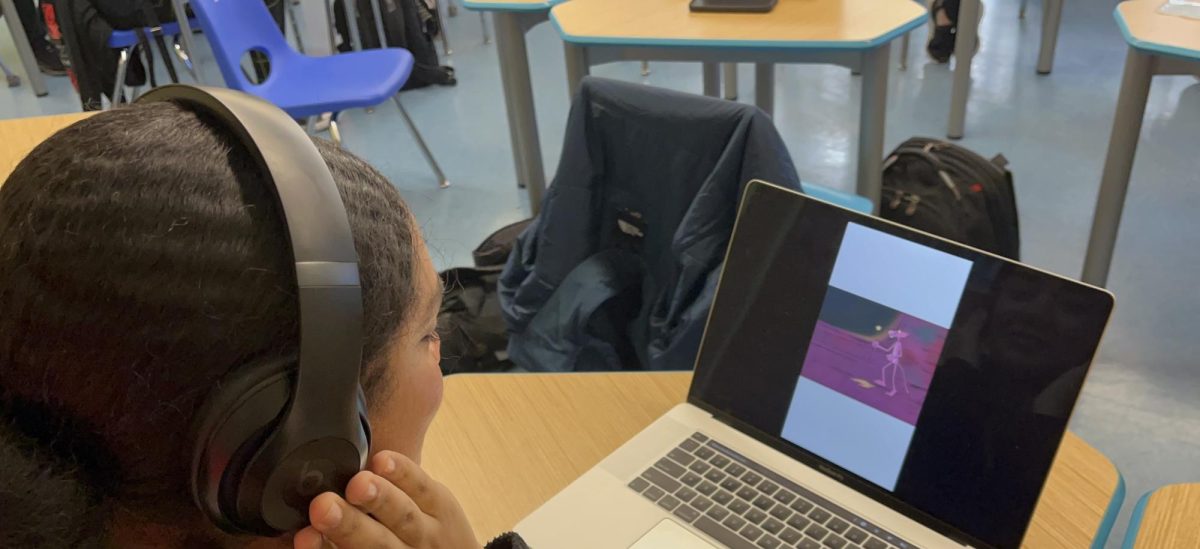











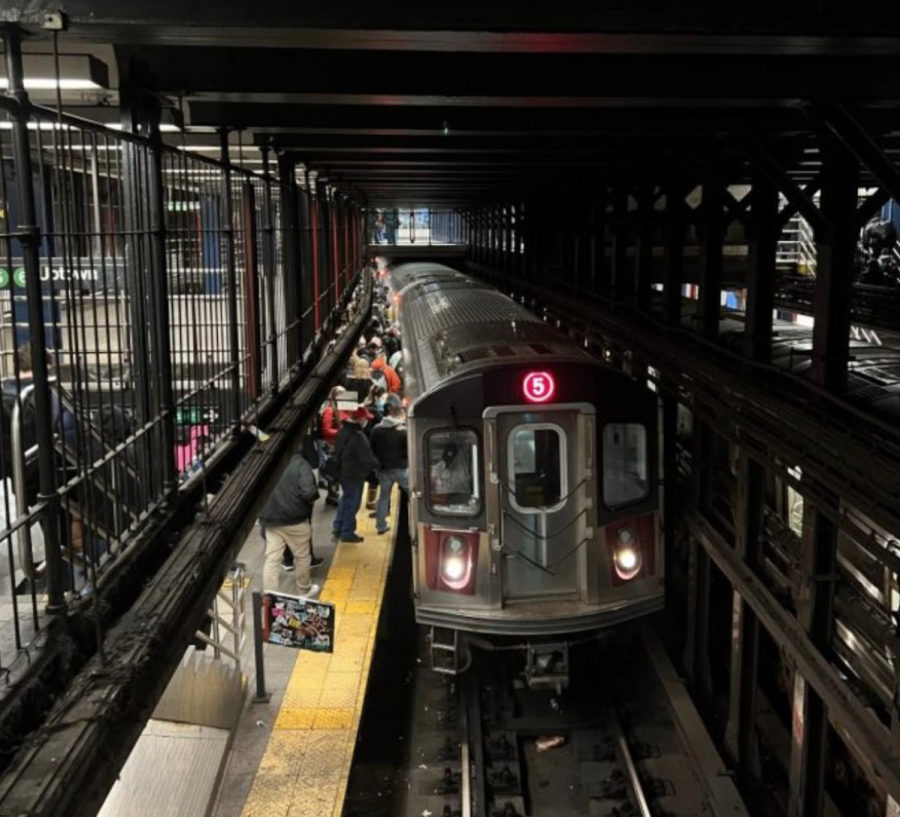


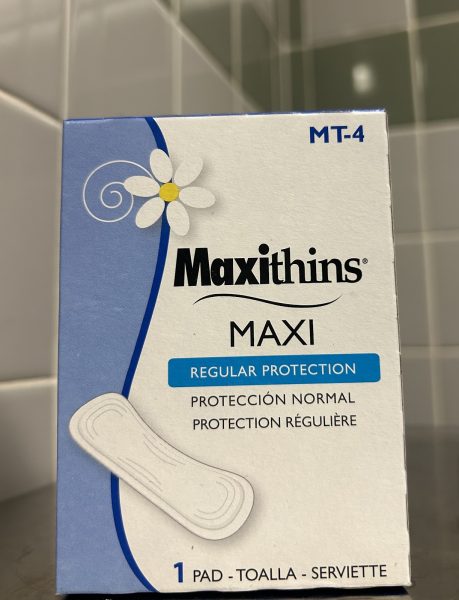
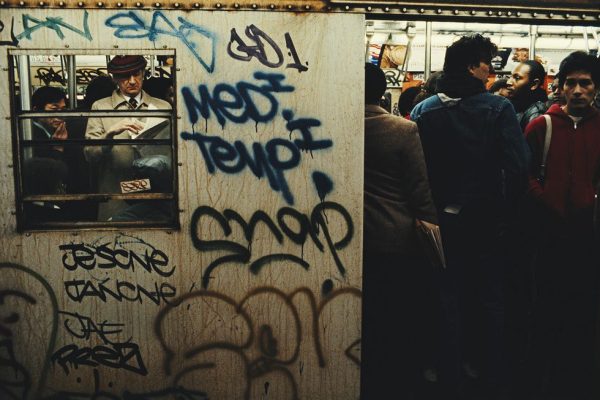





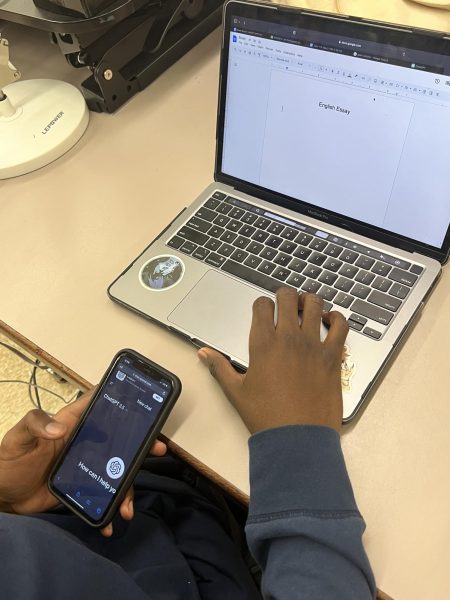
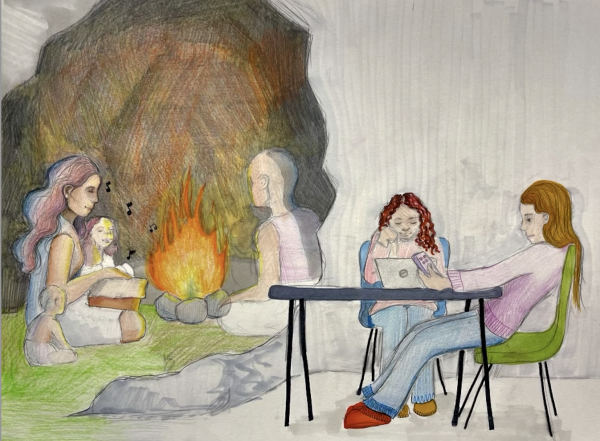
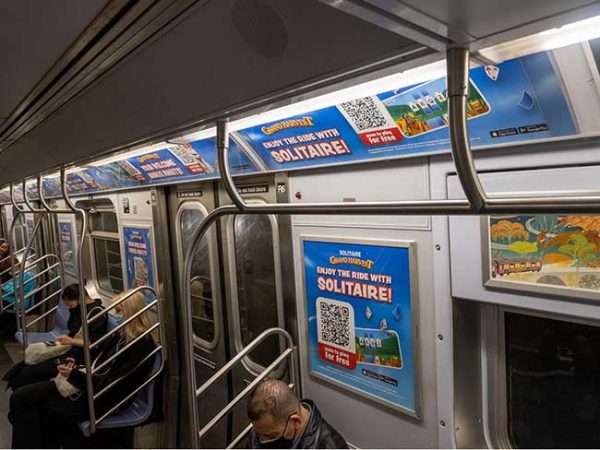
Aoife • Jun 14, 2022 at 1:03 pm
Incredibly true point that needs to be brought up more, we need to start addressing the root of the problem instead of pointing fingers and hurting the most vulnerable.
Scarlett • Apr 7, 2022 at 8:59 pm
I love the outside imput used from teachers and students alike it made the article a lot more relatable and it was very educational
rachwang1 • Apr 7, 2022 at 10:48 am
thank you for including me!
Abigail • Apr 7, 2022 at 10:27 am
Very informative!